The iPhone XS & XS Max Review: Unveiling the Silicon Secrets
by Andrei Frumusanu on October 5, 2018 8:00 AM EST- Posted in
- Mobile
- Apple
- Smartphones
- iPhone XS
- iPhone XS Max
Camera - Low Light Evaluation
In low-light scenarios, we should see the new iPhone XS showcase significant improvements thanks to the 50% better light capture ability of the new sensor. Apple’s still only employing a f/1.8 aperture lens on the XS - so while it will improve over past phones, at least on paper it’s still at a disadvantage to say Samsung’s latest phones, which have an extra-wide f/1.5 aperture available to them.
[ iPhone XS ] - [ iPhone X ] - [ iPhone 7 ] - [ iPhone 6S ]
[ Galaxy Note9 ] - [ Galaxy S9+ ] - [ Galaxy S8 ]
[ LG G7 ] - [ LG G6 ] - [ LG V30 ] - [ OnePlus 6 ]
[ Mi MIX2S ] - [ Pixel 2XL ] - [ P20 Pro ]
In this first shot, we immediately see the new iPhone’s advantage over last year’s flagship. There is a lot more definition in the grass, less noise throughout the image, and less blown out lights in the scene.
Unfortunately, Apple is as expected still at a great disadvantage to Samsung here, as the latter is just able to give more light onto the whole scene, and the most evident, more colour to the grass. In terms of raw low light capture, the Huawei P20 Pro is still far ahead here, thanks to its massive sensor that is able to collect significantly more light.
[ iPhone XS ] - [ iPhone X ] - [ iPhone 7 ] - [ iPhone 6S ]
[ Galaxy Note9 ] - [ Galaxy S9+ ] - [ Galaxy S8 ]
[ LG G7 ] - [ LG G6 ] - [ LG V30 ] - [ OnePlus 6 ]
[ Mi MIX2S ] - [ Pixel 2XL ] - [ P20 Pro ]
At first glance, the iPhone XS didn’t shoot a much brighter picture than the iPhone X in this construction scene. Opening up the full resolution images however shows that the new XS showcases much better details and lower noise. It’s not enough to compete with the S9+, and certainly not with the insane ISO25600 shot of the P20 Pro.
It’s interesting to see the improvements over the years from the iPhone 6S on – which barely manages to capture anything in this scene.
[ iPhone XS ] - [ iPhone X ] - [ iPhone 7 ] - [ iPhone 6S ]
[ Galaxy Note9 ] - [ Galaxy S9+ ] - [ Galaxy S8 ]
[ LG G7 ] - [ LG G6 ] - [ LG V30 ] - [ OnePlus 6 ]
[ Mi MIX2S ] - [ Pixel 2XL ] - [ P20 Pro ]
The next shot is probably the only one that I found to be really problematic for Apple. Both on the iPhone X and the new XS, the resulting images weren’t consistent in consecutive shots. In four shots in a row, the iPhone XS kept changing the colour temperature. The same thing happened on the iPhone X, so I think this was part of Apple’s exposure / colour balance algorithm.
Colour balance aside, the exposure is similar between the X and the XS, and all the improvements of the new sensor go directly into improved detail and noise reduction throughout the scene, which is significantly better again compared to last year’s iPhone.
Here Apple is very close to Samsung, showcasing a bit better shadows, but still losing out in details in some parts of the scene. The P20 Pro is yet again the low-light kind here, as it just have that much more dynamic range work with.
[ iPhone XS ] - [ iPhone X ] - [ iPhone 7 ] - [ iPhone 6S ]
[ Galaxy Note9 ] - [ Galaxy S9+ ] - [ Galaxy S8 ]
[ LG G7 ] - [ LG G6 ] - [ LG V30 ] - [ OnePlus 6 ]
[ Mi MIX2S ] - [ Pixel 2XL ] - [ P20 Pro ]
Again, the iPhone’s new sensor comes into play in these concrete trucks. The XS makes very good dealing of the blown highlights present in the iPhone X shot. Samsung is able to produce more vibrancy in the blue of the trucks. Huawei’s multi-exposure computational photography night mode is the best of all phones here as it’s just able to bring out that much more from the shadows.
[ iPhone XS ] - [ iPhone X ] - [ iPhone 7 ] - [ iPhone 6S ]
[ Galaxy Note9 ] - [ Galaxy S9+ ] - [ Galaxy S8 ]
[ LG G7 ] - [ LG G6 ] - [ LG V30 ] - [ OnePlus 6 ]
[ Mi MIX2S ] - [ Pixel 2XL ] - [ P20 Pro ]
Apple's use of SmartHDR in this picture is extremely evident, as it really brings down the highlights of the lamp and brings out more shadows throughout the scene. The XS provides better detail, but it’s not as big of a difference as we’ve seen in other shots.
Apple’s usage of HDR here puts it ahead of the Samsung devices, trading blows with the P20 Pro, winning in some regards, while losing in others.
[ iPhone XS ] - [ iPhone X ] - [ iPhone 7 ] - [ iPhone 6S ]
[ Galaxy Note9 ] - [ Galaxy S9+ ] - [ Galaxy S8 ]
[ LG G7 ] - [ LG G6 ] - [ LG V30 ] - [ OnePlus 6 ]
[ Mi MIX2S ] - [ Pixel 2XL ] - [ P20 Pro ]
Finally, I wanted to test the iPhone XS to its limits and see what it can do in essentially impossible scenarios of low light.
Exposure-wise, the iPhone XS is no better than the X here. It provides better sharpness and less noise, however the image is still too dark to be of any use. I wish Apple would introduce a more innovative low light shooting mode, such as LG’s pixel binning mode. Huawei’s ISO51200 capture of this scene is just so beyond any other current phone, that it really raised the bar in what we’d normally expect to see in a smartphone.
Low-light conclusion
The new iPhone XS sensor is a great improvement to Apple’s lineup. Its advantages over the iPhone X are clearly evident in every single low-light shot, showcasing greater detail and sharpness while reducing noise. SmartHDR doesn’t seem to be something that’s solely for daylight shots, as Apple and the iPhone XS seem to make use of it in some low-light scenarios, giving the camera a further advantage over last year’s phones.
While Apple has showcased some really good progress, it’s can still lag behind low-light image quality of Samsung and Huawei’s P20 Pro. The former’s bigger aperture is just a sheer hardware advantage, while the latter enormous sensor makes use of innovative image processing to really raise the bar in terms of extreme low light photography. Here the iPhone XS is good; but it just can’t keep up.


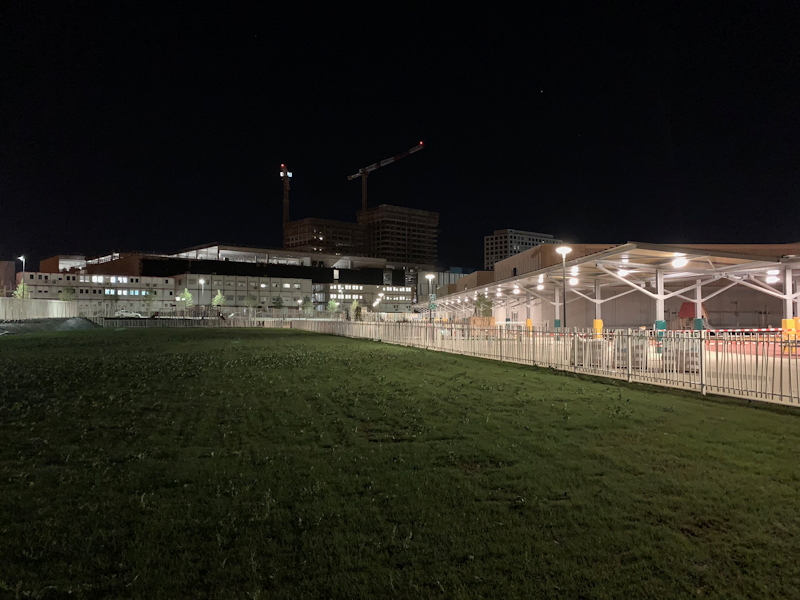
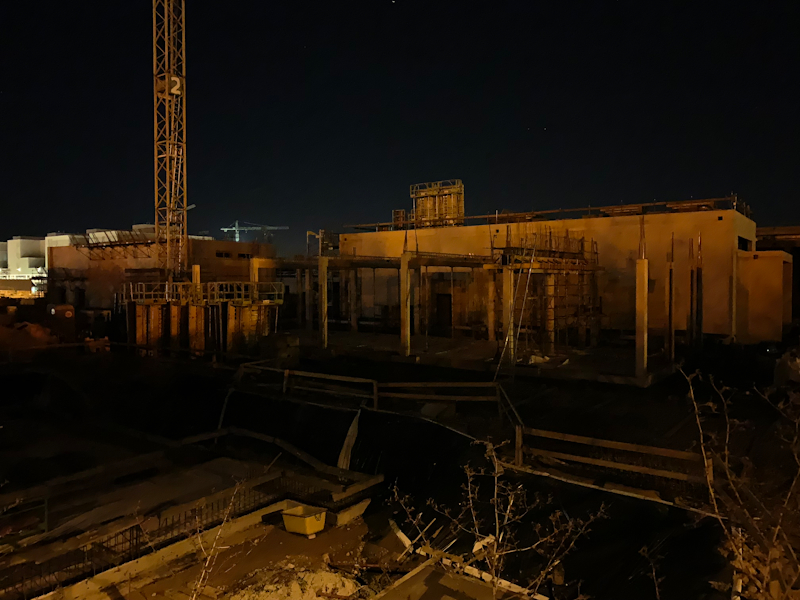
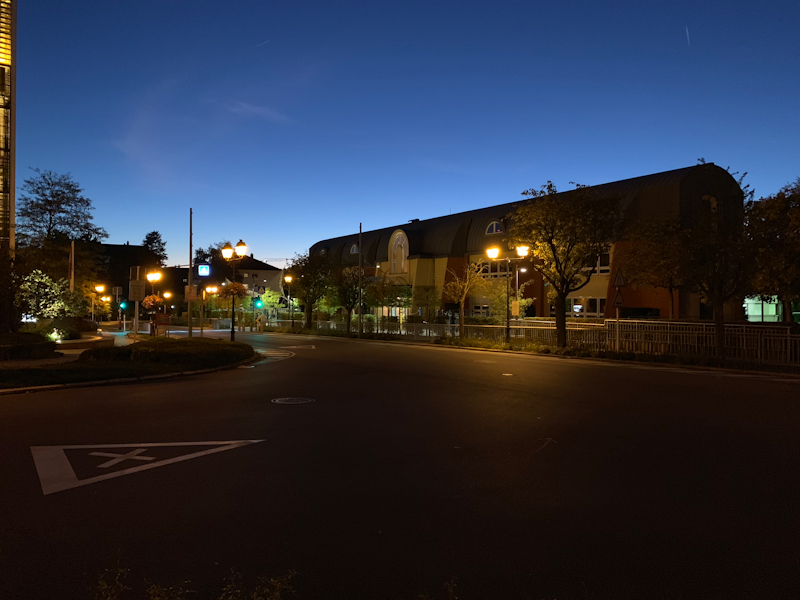
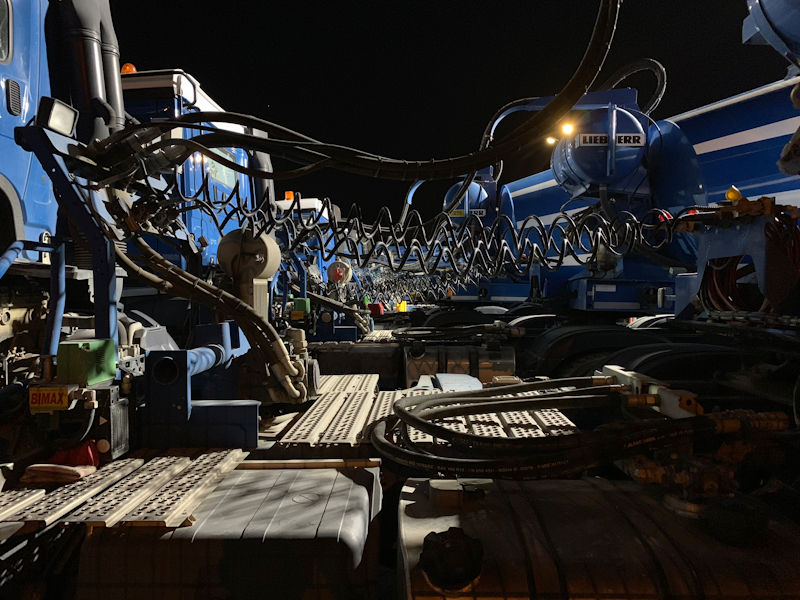
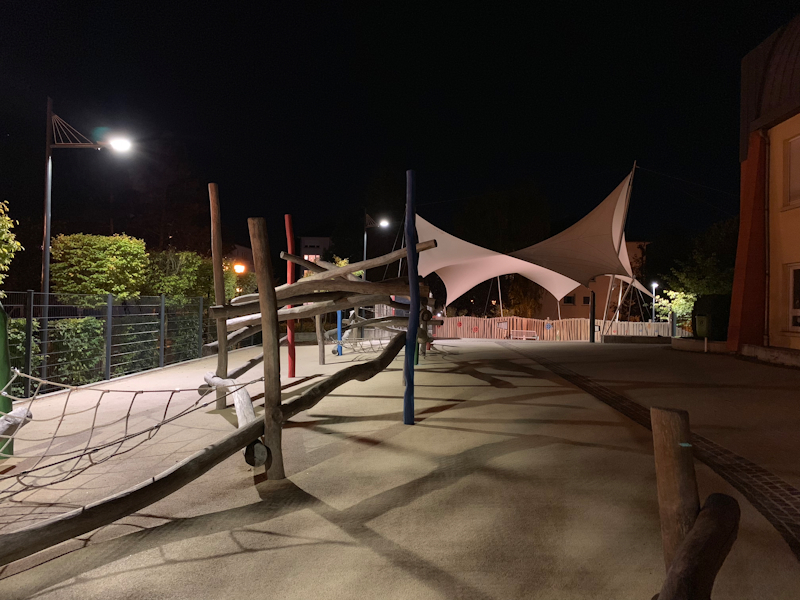
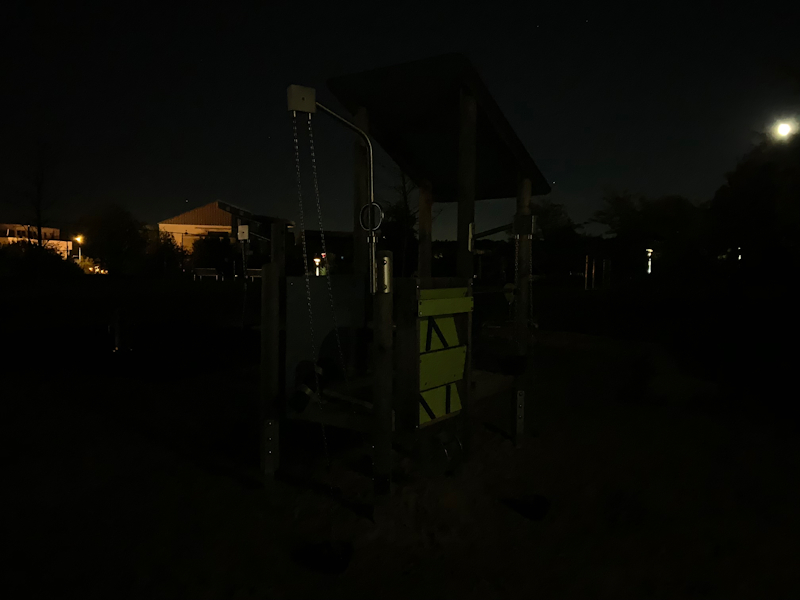








253 Comments
View All Comments
peevee - Monday, October 15, 2018 - link
"we see four new smaller efficiency cores named “Mistral”. The new small cores bring some performance improvements, but it’s mostly in terms on power and power efficiency where we see Tempest make some bigger leaps"So, is it Tempest or Mistral? Or both?
Ryan Smith - Tuesday, October 23, 2018 - link
It's Tempest. Thanks for the heads up!peevee - Monday, October 15, 2018 - link
"upgrade in sensor size from an area of 32.8mm² to 40.6mm²"These are not sensor sizes, these are total image chip sizes.
Sensor (as in "sensor", the part which actually "senses" light) sizes are not hard to calculate, and are MUCH smaller.
12MP is approx 4000x3000 pixels.
The old sensor had 1.22 µm pixel pitch. 1.22*4=4.88mm. 1.22*3=3.66mm.
So old sensor was 4.88x3.66mm = 17.9mm².
The new sensor is 5.6mm x 4.2mm = 23.5mm².
This is is comparison to
- typical cheap P&S camera sensor size (so-called '1/2.3" type') of 6mm x 4.5mm = 27mm²
- high-end P&S camera sensor, (1" type) of 13.2mm x 8.8mm = 116mm²
- Four Thirds camera sensor size of 17.2 x 13mm = 225mm²
- Modern pro camera sensor size of about 36x24mm = 864mm².
Please do not confuse your readers by calling total image chip sizes as "sensor size".
peevee - Monday, October 15, 2018 - link
"The performance measurement was run in a synthetic environment (read: bench fan cooling the phones) where we assured thermals wouldn’t be an issue for the 1-2 hours it takes to complete a full suite run."Which makes the whole thing useless. Of course wider (read hotter and less efficient due to higher overhead of often-useless blocks) will run faster in this environment, unlike in user hands (literally, ~36C/97F plus blanketing effect).
Andrei Frumusanu - Monday, October 22, 2018 - link
It changes absolutely nothing. It will still reach that performance even in your hands. The duration of a workload is not orthogonal to its complexity.viczy - Sunday, October 21, 2018 - link
Fantastic and in-depth work! Thanks for the data and analysis. I would like to know a little more about your method for energy and power measurement. Thanks!techbug - Friday, November 2, 2018 - link
Thanks a lot Andrei.L2 cache latency is 8.8ns, Core clock speed is 2.5GHz, each cycle is around 0.4ns, then the l2 cache latency is 8.8ns/0.4=22 cycles. This is much longer than Skylake, which is around 12 cycles (taking i7-6700 Skylake 4.0 GHz at https://www.7-cpu.com/cpu/Skylake.html as an example, it equals to 3ns L2 cache latency).
So L2 latency is 8.8ns versus 3ns in skylake. Is this comparison correct?
I cannot tell the precise L1 latency from the graph "Much improved memory latency". Can you give the number?
According to Figure 3 in https://www.spec.org/cpu2006/publications/SIGARCH-... the working set size of 80% SPEC2K6 workload is larger than 8MB, A12 's L2 cache (8MB) won't hold the working set. Compared with 32MB L3 cache Skylake configuration.
So overall the memory hierarchy of A12 seems not comparable to Skylake. What else helps it to deliver a comparable SPEC2K6 performance?
demol3 - Wednesday, December 5, 2018 - link
Will there be a comparison between XS-series and XR or XR review anytime soon?tfouto - Thursday, December 27, 2018 - link
Does XS has a true 10-bit panel, or uses Frame Rate Control?What about Iphone X?
Latiosxy - Wednesday, January 23, 2019 - link
Hello. I just wanted to criticize the way this site works. It’s hard to read while listening to music when your intrusive ads follow my screen and interrupt my audio consistently. Please fix this as this has been really annoying. Thanks.